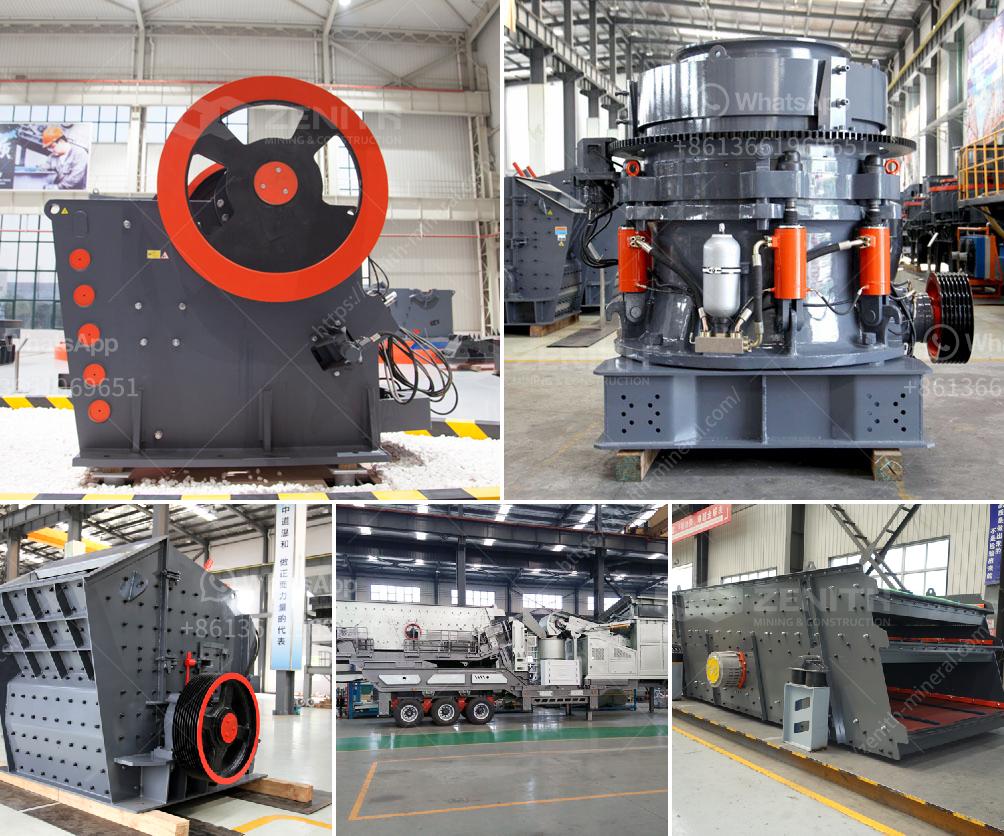Designing a stone crusher hopper involves several key considerations to ensure efficient functionality and safety. Here’s an overview of the main aspects:
Capacity and Dimensions: The hopper must be large enough to hold an adequate amount of raw material to maintain consistent feed flow to the crusher. The size is typically determined based on the crusher's capacity and the anticipated volume of material.
Material Flow and Angle of Repose: The interior angles of the hopper walls should be steep enough to ensure continuous and smooth flow of the stones. The angle of repose depends on the material being crushed but typically ranges from 40° to 45°.
Construction Material: The hopper should be constructed from robust materials such as steel that can withstand abrasion and impact from heavy stones. Internal liners or wear-resistant plates can be used to reduce damage from constant material flow.
Feeder Mechanism: Often, the hopper includes a feeder mechanism like a vibrating feeder or grizzly feeder to control the rate at which material is fed into the crusher, preventing clogging and ensuring steady operation.
Dust Suppression: Dust control measures such as dust suppression systems or covers may be installed to reduce the amount of airborne dust generated during crushing operations.
Safety Features: Safety is paramount, so the design should include guardrails, maintenance platforms, and emergency stop mechanisms to protect operators and maintenance personnel.
Ease of Maintenance: The hopper should be designed for easy access to facilitate regular maintenance and inspections. This might involve removable panels or large access doors.
By taking these factors into account, the design of the stone crusher hopper can be optimized for performance, durability, and safety.
